

Max Davies
How Audi, BMW, Honda, Mercedes-Benz, and Suzuki started out in Australia, and where they are now
15 Hours Ago
We get a quick spin of the upcoming Qashqai e-Power hybrid before it hits Australian showrooms in late 2022 or early 2023.

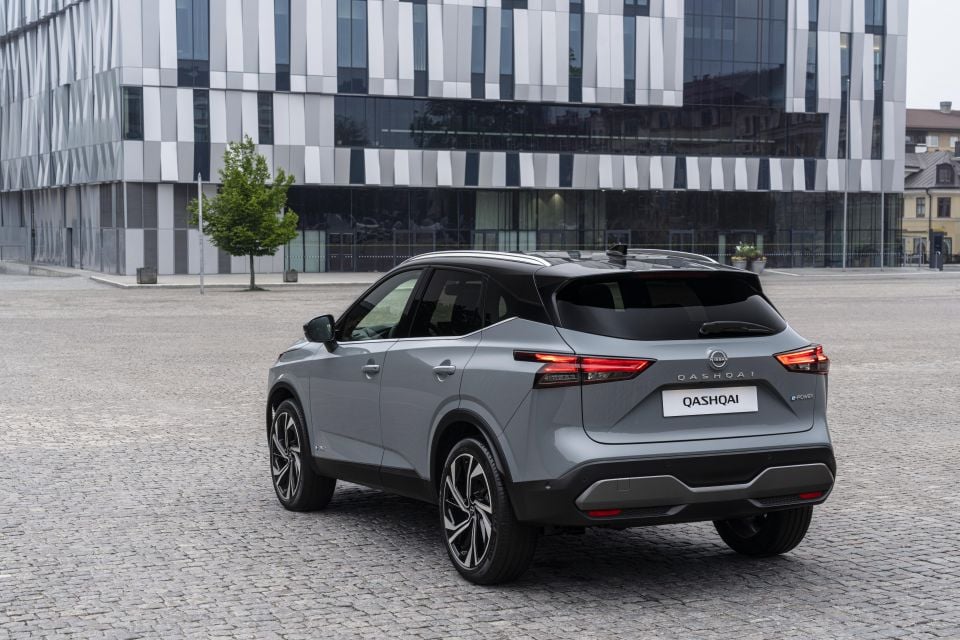

Contributor

Contributor


Contributor

Contributor
Quickly see how this car stacks up against its competition. Select any benchmark to see more details.
Where expert car reviews meet expert car buying – CarExpert gives you trusted advice, personalised service and real savings on your next new car.
Nissan was once a spearhead for electric vehicle (EV) development, but the Japanese brand’s progress seems to have stalled.
Instead, it has created a new take on electrification for those who aren’t quite ready for a fully electric car – it’s called the Qashqai e-Power, and it’s supposed to offer the driving experience of an EV with the flexibility of a petrol engine.
The result is a Qashqai that’s powered solely by an electric motor but never needs to be charged. You just fill it up with petrol and use the engine as a mobile power station or charging point.
It’s very clever, and it’ll soon become more common as it’ll also feature on the Qashqai’s bigger sibling, the X-Trail. The question is, is it any good?
We’ve had an early drive in Europe ahead of Australian deliveries commencing in late 2022 or early 2023.

Nissan Australia hasn’t confirmed pricing for the Qashqai e-Power, but according to the brand’s local website we can expect the hybrid model to be available in high-spec ST-L and Ti trims when it finally arrives.
The 1.3-litre turbo petrol version of the Qashqai ST-L is priced from $42,190 plus on-road costs, while the flagship Ti will kick off at $47,390 before on-roads.
CarExpert anticipates the Qashqai e-Power will carry a premium between $2500-$5000 over the equivalent petrol model. With that in mind, expect the Qashqai ST-L e-Power to start a little over the $45,000 mark.
A flagship Qashqai Ti e-Power will likely play in the $50,000-$55,000 bracket, meaning it’ll compete with everything from high-spec versions of the Toyota RAV4 Hybrid and Ford Escape PHEV to combustion-powered SUVs like the Audi Q3 and Volvo XC40. Throw in the smaller Lexus UX250h hybrid as well.
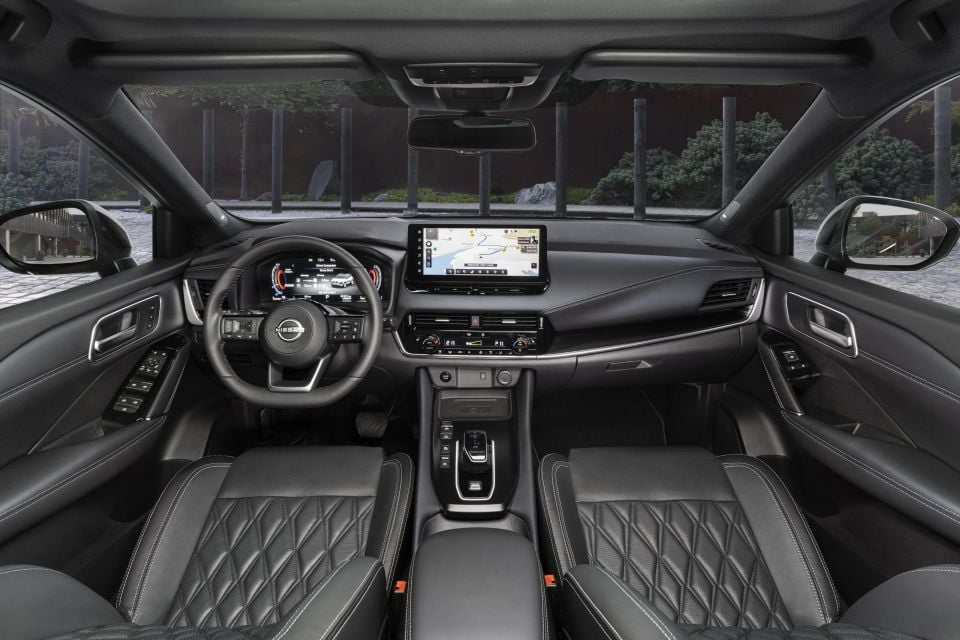
Buy your new car without the stress. It's fast, simple and completely free.

Great service from Travis and team, second time I have used this business would not hesitate to recommend them to anyone
Craig C.
Purchased a Ford Ranger in Sunshine Coast, QLD
CarExpert helped Craig save thousands on his Ford Ranger, now let us save you on your next new car.
Find a dealAs with the exterior, the e-Power’s interior is difficult to differentiate from any other version of the Qashqai.
You get the same dashboard, the same digital instrument display and the same touchscreen infotainment system. You even get much the same equipment as the equivalent petrol-powered Qashqai – use the Nissan Australia website as a guide.
The difference is a couple of buttons on the centre console.
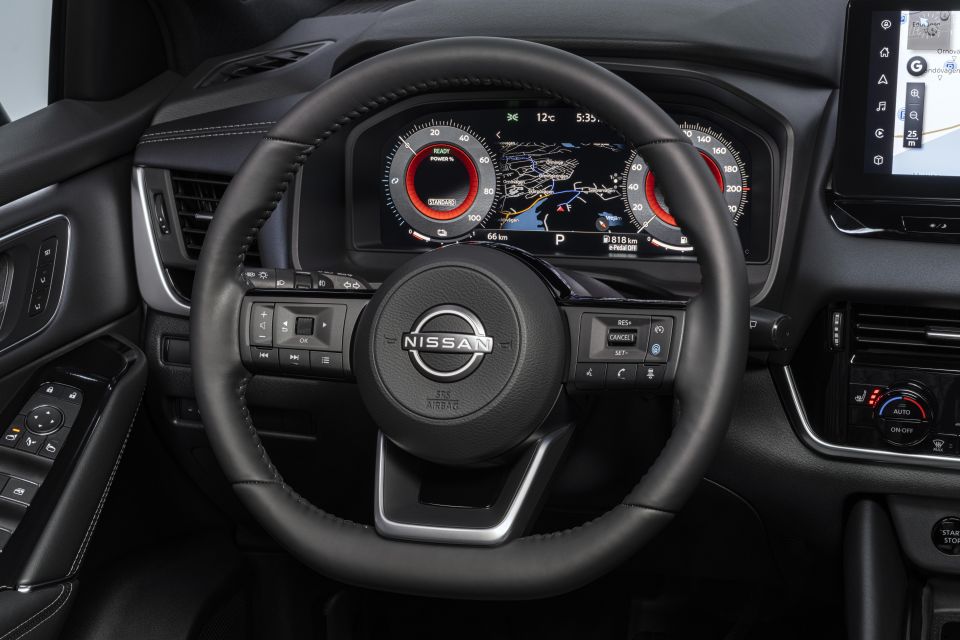
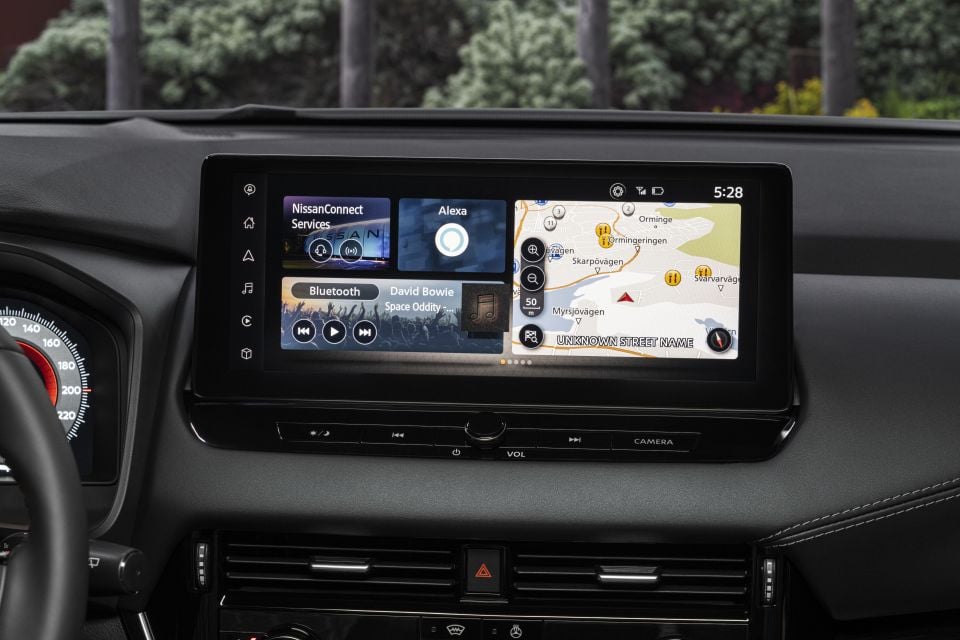

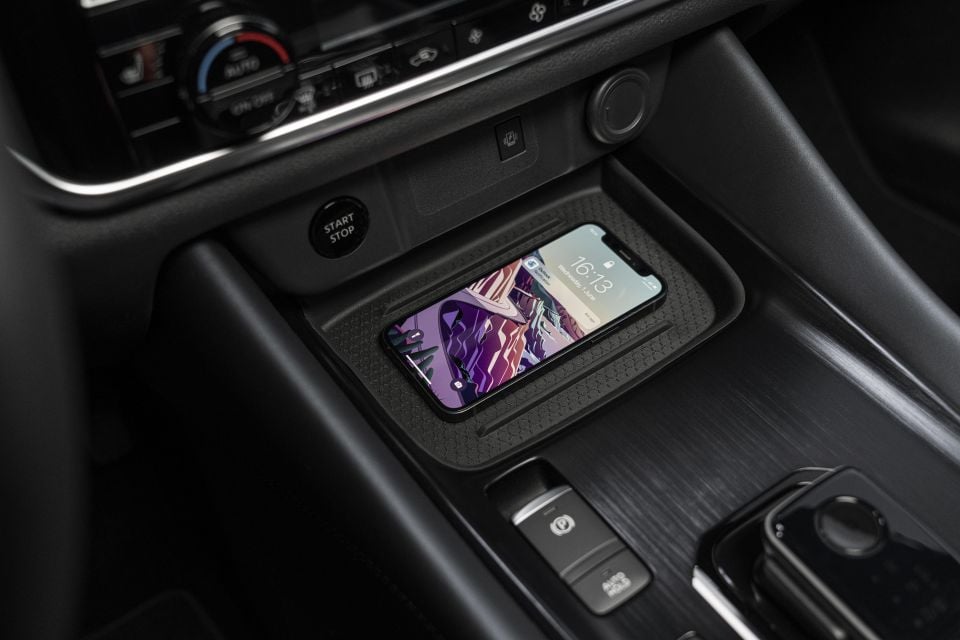
There’s an e-Pedal switch that turns the regenerative braking up, giving the Qashqai quite vigorous stopping power without the need for you to press the brake pedal.
Obviously it isn’t suitable for every occasion, but it’s great in stop-start traffic, and that should increase the range a little, too.
There’s also an EV mode switch, which ensures the car runs on electrical power alone for as long as possible, cutting use of the petrol engine until it’s absolutely necessary.
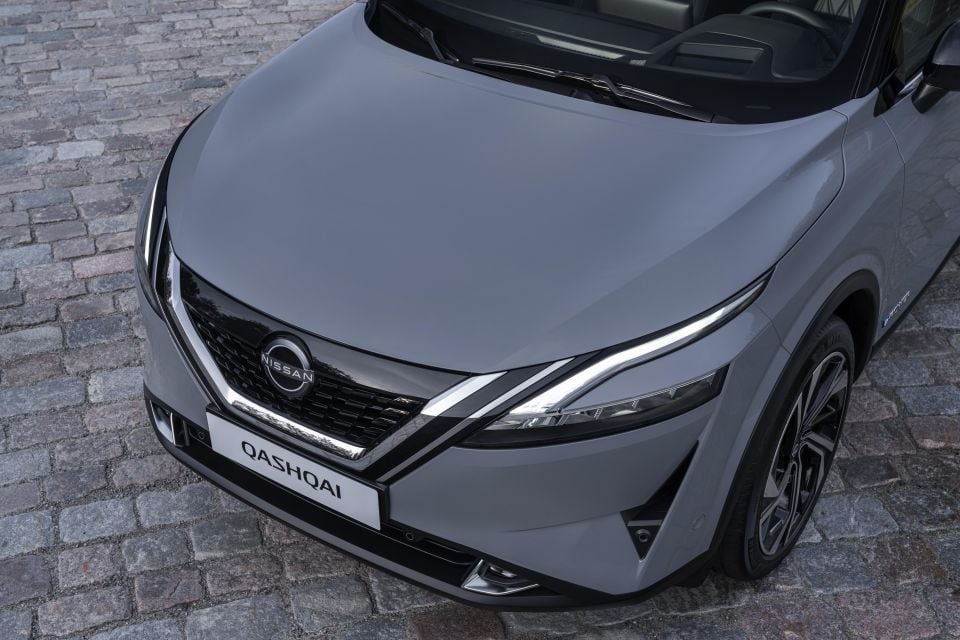
Driving the front wheels is a 140kW electric motor, supplied by a 2.1kWh lithium-ion battery pack.
That isn’t very big by EV (or even plug-in hybrid) standards, but it doesn’t mean the car has to be plugged in every few kilometres.
There’s a 1.5-litre, three-cylinder petrol engine that never drives the wheels, as it would in most hybrids. Rather, it acts as a kind of on-board power station, feeding electricity to the battery.
The result, Nissan says, is improved economy in urban environments, where it expects the majority of e-Power customers to spend their time. There, the regenerative braking and low speeds will mean the e-Power will barely need to use the petrol engine at all – at least in theory.

Efficiency is the key selling point of this e-Power system, and the official figures suggest it’ll burn just over 5.0 litres of petrol every 100km.
That’s about a litre less than the claim for a petrol-powered Qashqai, but our test drive, which included city centres, country roads and motorways, revealed a much less obvious improvement.
That said, the e-Power version Qashqai is considerably more powerful than the petrol models. Where the petrol engine produces 110kW, the e-Power gets 140kW, and that means the 0-100km/h time falls to 7.9 seconds – a whole second faster than the petrol version.
That might not make a vast amount of difference, but with the instant get-up-and-go of an electric motor, the e-Power feels a little more potent than its siblings.
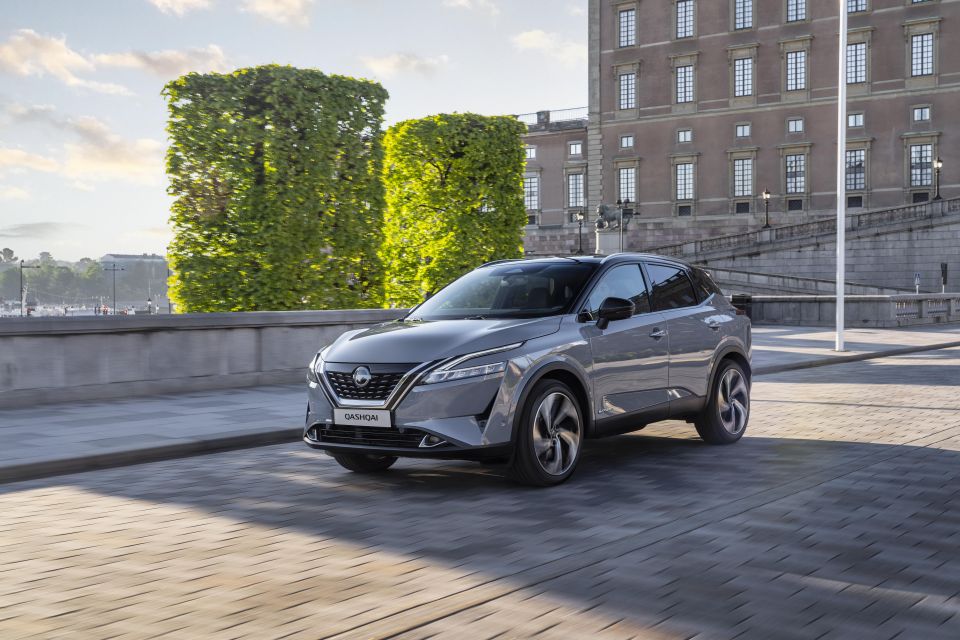
The e-Power technology might be a bit different, but the driving experience is much the same as in any other Qashqai.
The ride is generally smooth, with only a few broken surfaces really troubling the occupants, and the handling is inert but safe and secure.
There’s no real feel through the steering, so there’s no encouragement to drive quickly, but body roll is well controlled considering the car’s size.
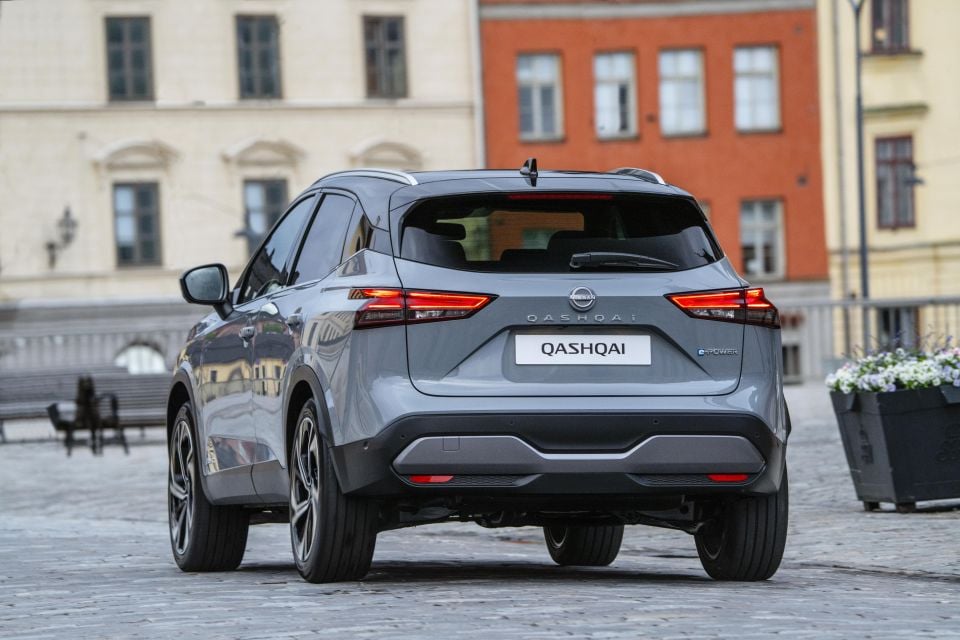
Of course, the powertrain does make a slight difference, but it’s less pronounced than you might think.
The advantages include the smooth-yet-instantaneous power delivery of the electric motor and the extra grunt, but you still can’t call the e-Power fast.
It’s perfectly adequate, and it’s good at nipping around in traffic, but that’s about it.

It isn’t as refined as we were hoping, either. Again, it’s very good at low speeds, where the engine is seldom put to work, but at higher speeds it can get quite noisy.
The problem isn’t the engine, which is much more refined than most rival hybrid systems, it’s the wind and road noise.
Nissan claims to have fitted noise cancelling technology that’s supposed to mute such annoyances, but it’s either ineffective or the noise penetrating the cabin would be dreadful without it.
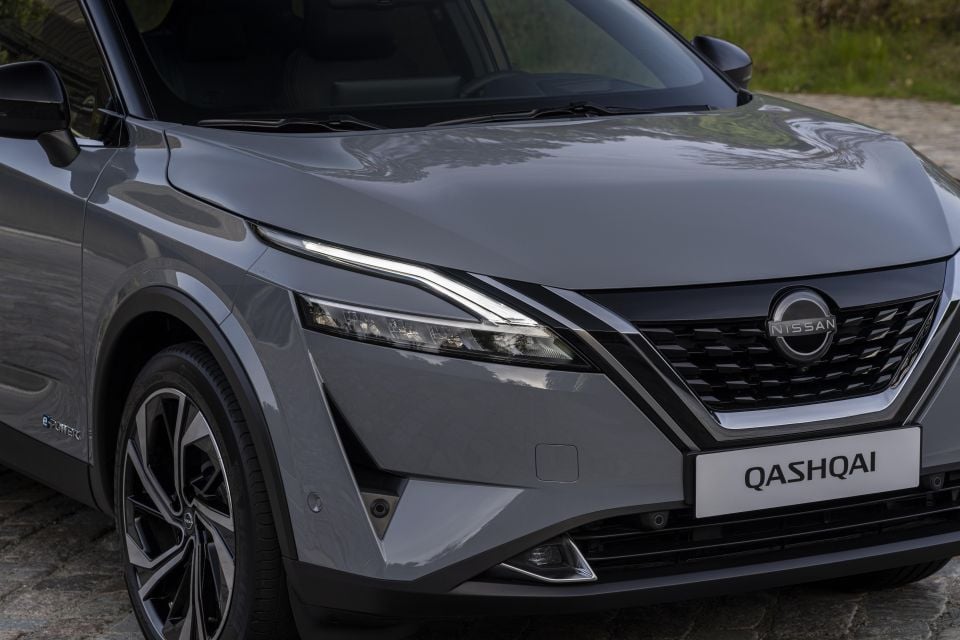
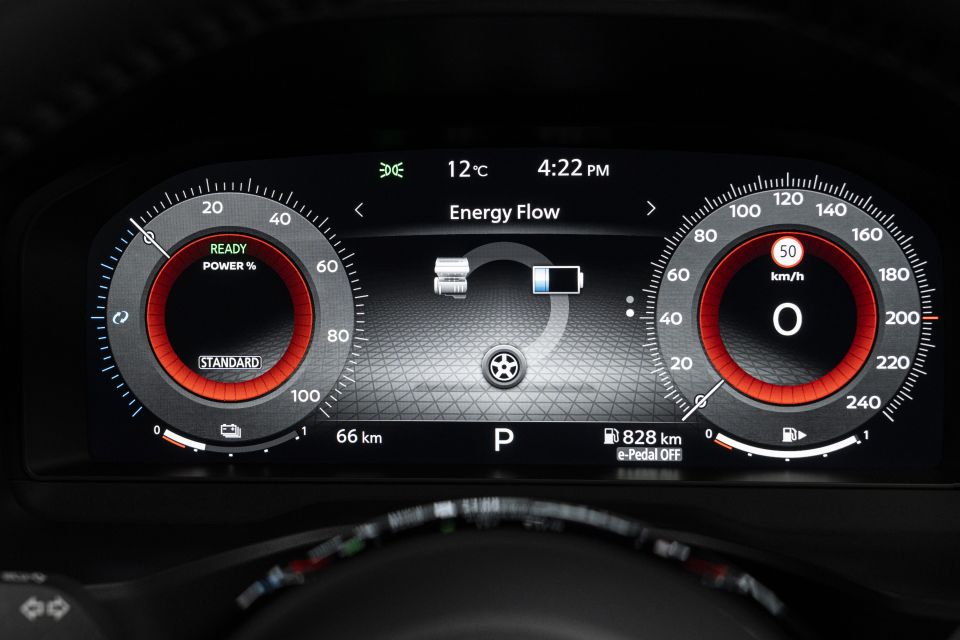
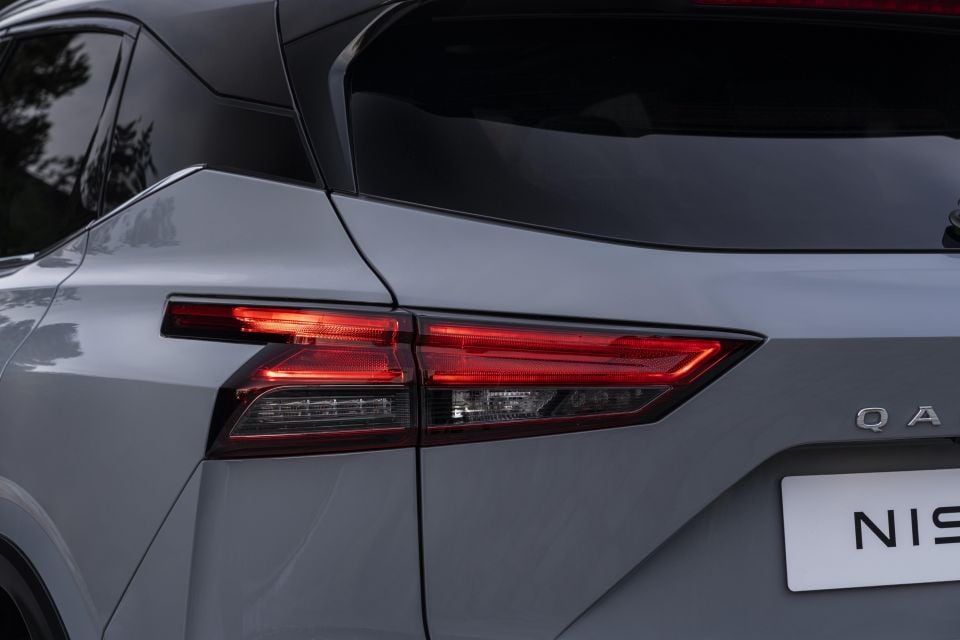
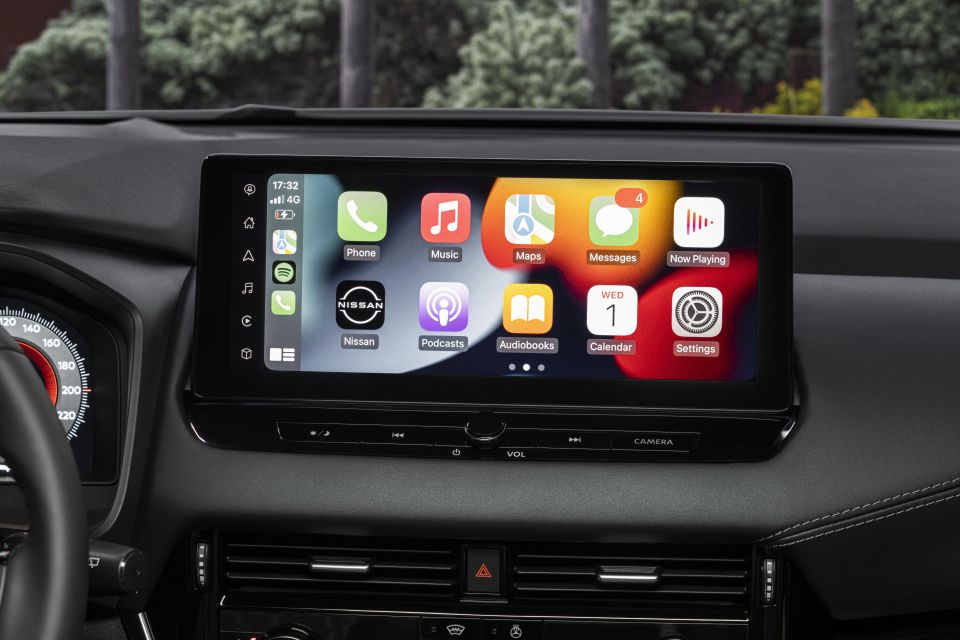
Qashqai ST-L highlights:
e-Power adds:
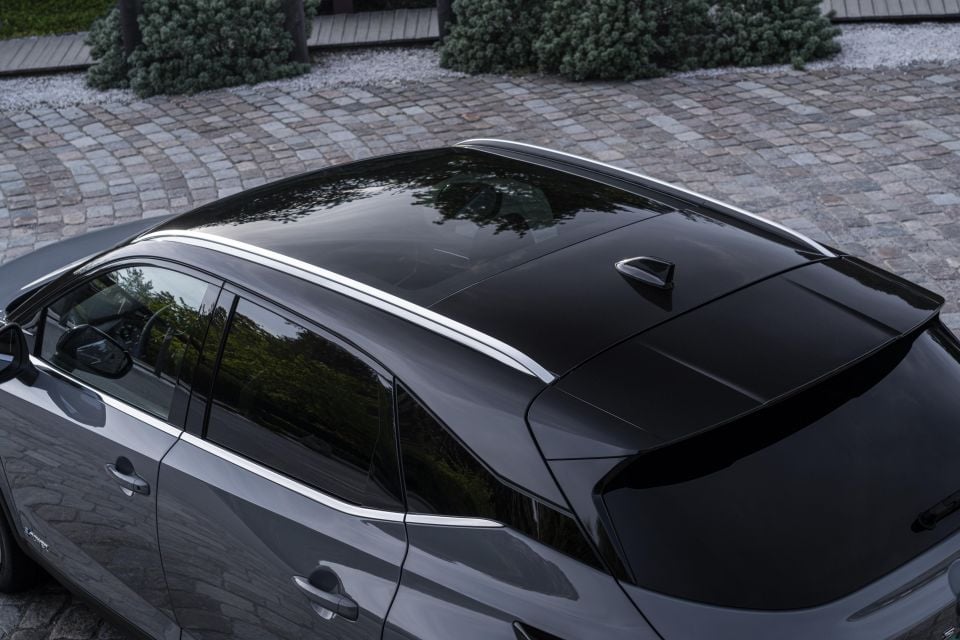

Qashqai Ti adds:
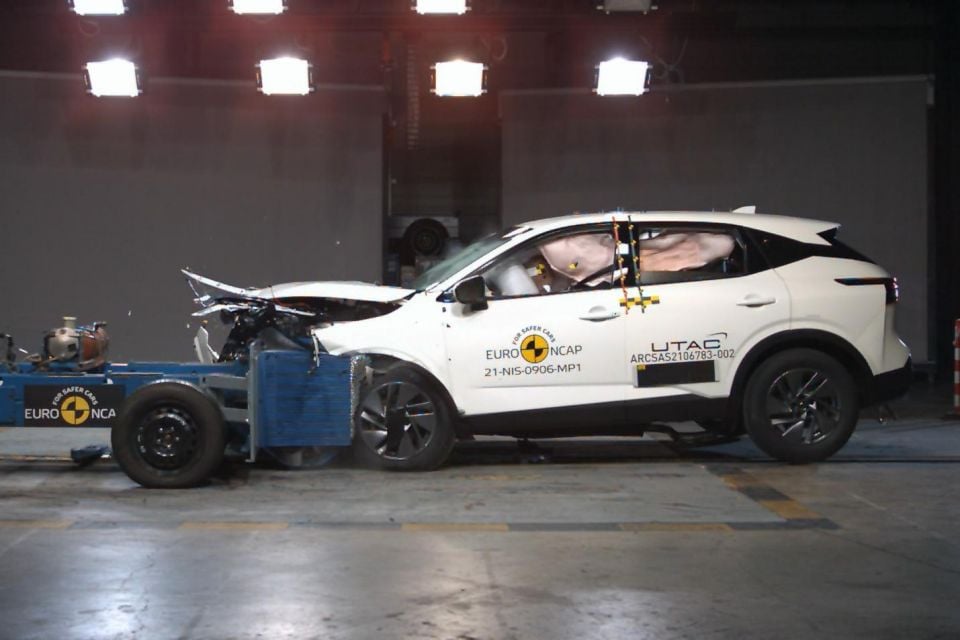
The new Qashqai managed a five-star Euro NCAP rating based on 2021 testing, which should carry over to ANCAP.
It scored 91 per cent for both adult and child occupant protection, 70 per cent for vulnerable road-user protection, and a very strong 95 per cent for safety assist features.
Standard equipment on all grades includes:
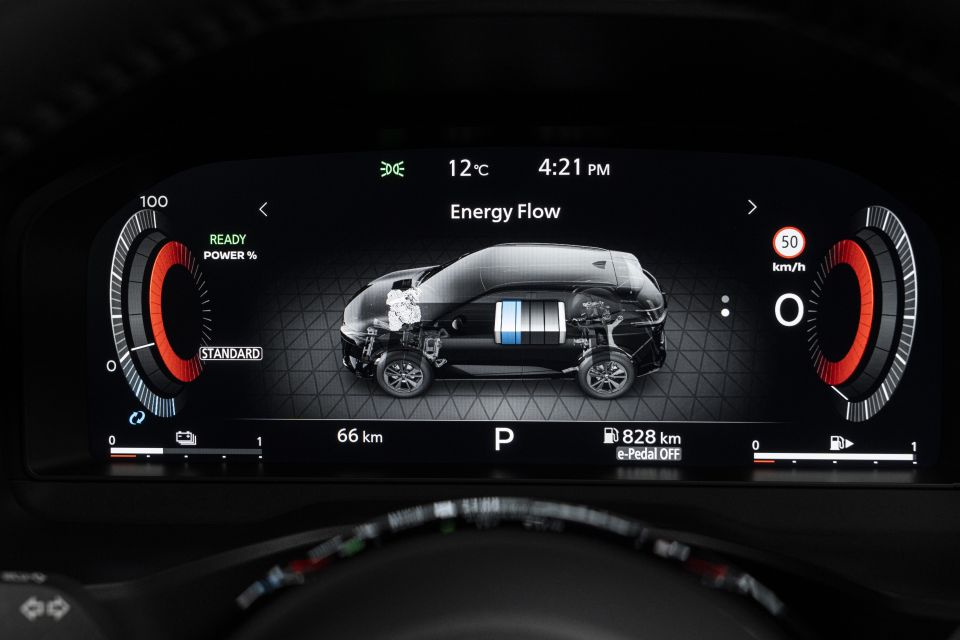
Nissan provides a five-year, unlimited-kilometre warranty with roadside assist and capped-price servicing.
We await pricing for the latter, though we know the intervals will be 12 months or 15,000km.
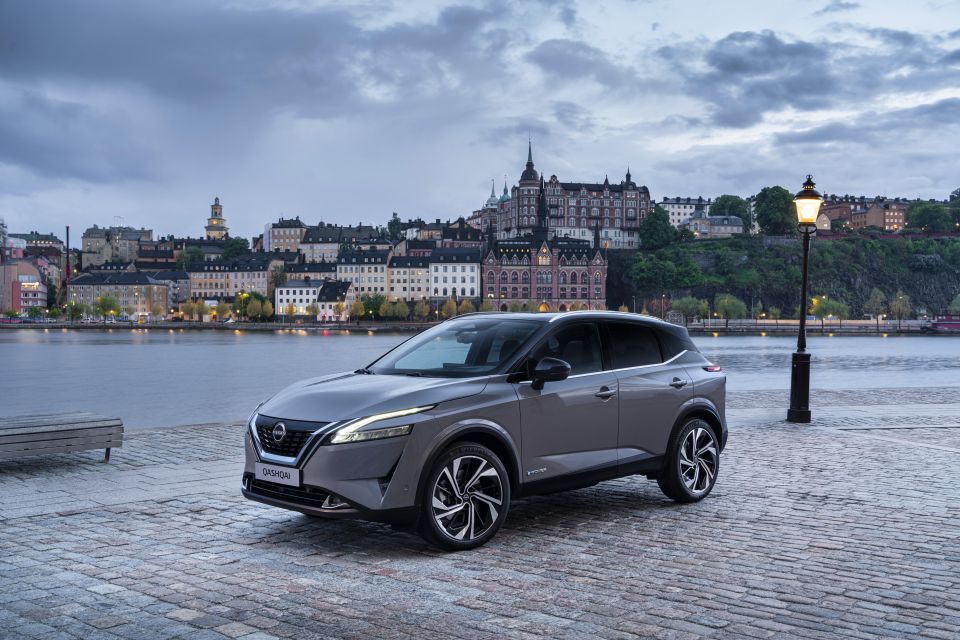
Where expert car reviews meet expert car buying – CarExpert gives you trusted advice, personalised service and real savings on your next new car.
The e-Power system might work well for those who stick to city centres or the suburbs, where the petrol engine won’t have much work to do and there’s no need for a charger at home.
It also has the ability to do that while still covering long distances, without the need for lengthy charging stops – just fill the tank and drive for another few hundred kilometres.
However, for those who regularly cover long distances, it’ll be no more economical than a petrol-powered Qashqai.

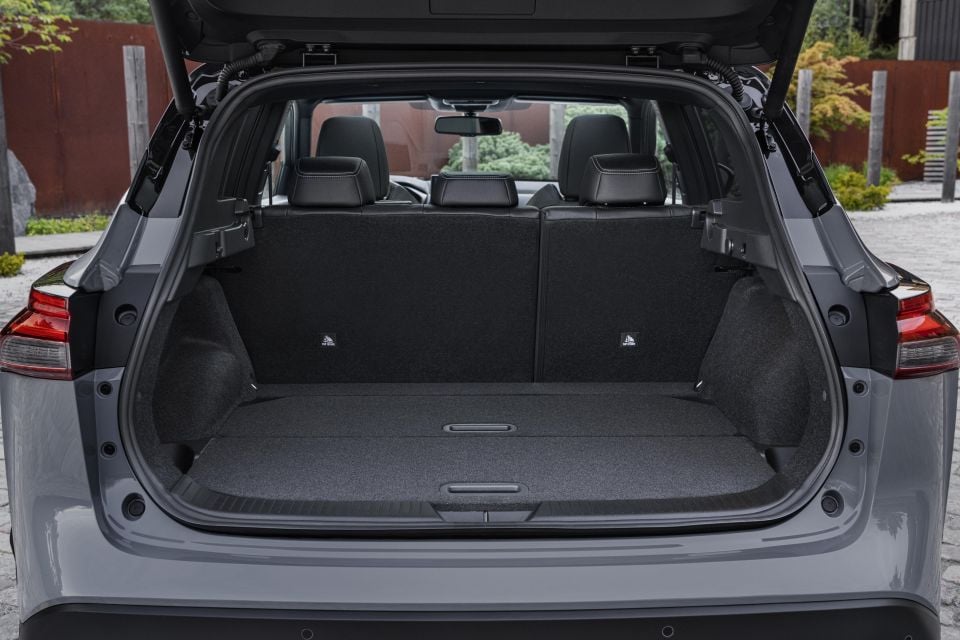
If you have some off-street parking, a plug-in hybrid will be more efficient around town and just as good at long hauls.
Further, for those who solely drive around town, the e-Power is neither as refined nor as efficient as a fully-electric car.
The Qashqai remains a solid choice no matter which powertrain you pick, and those who fit the very specific criteria required to make this system work for them will be getting a good family vehicle.
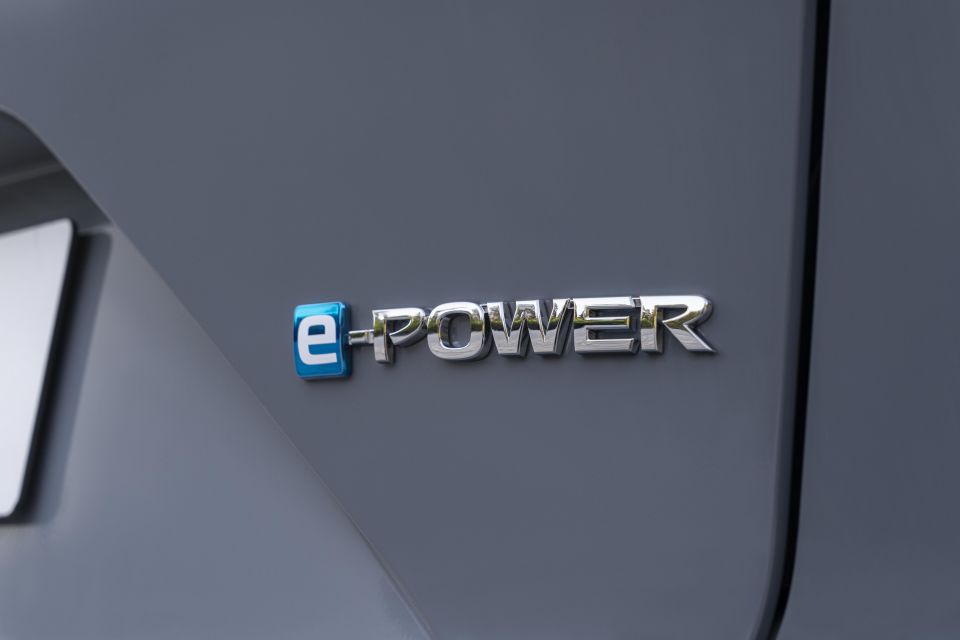
Click the images for the full gallery
Where expert car reviews meet expert car buying – CarExpert gives you trusted advice, personalised service and real savings on your next new car.


Max Davies
15 Hours Ago


William Stopford
15 Hours Ago


Derek Fung
16 Hours Ago


Max Davies
23 Hours Ago


William Stopford
2 Days Ago


Ben Zachariah
2 Days Ago